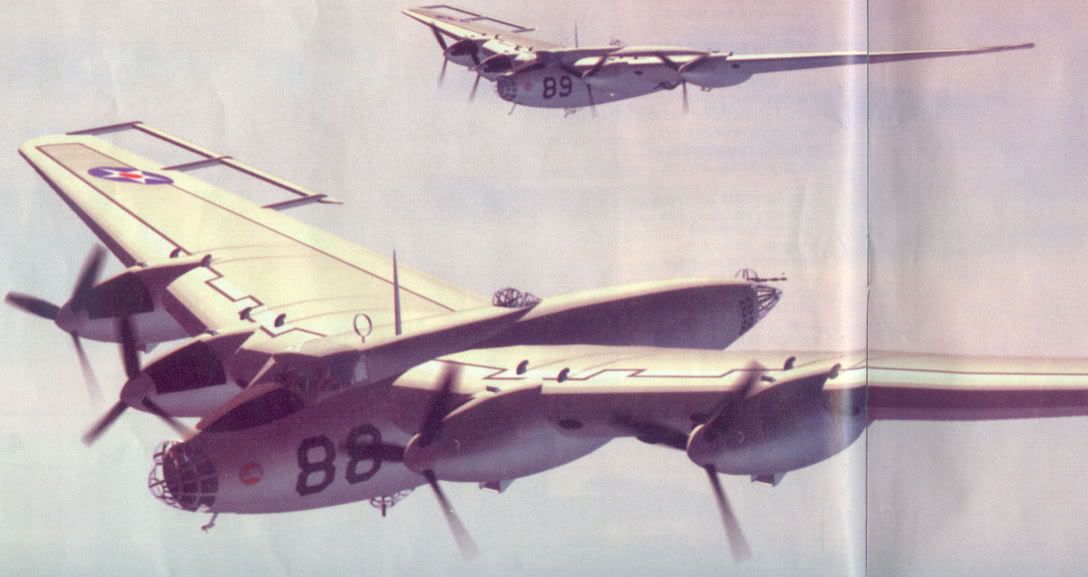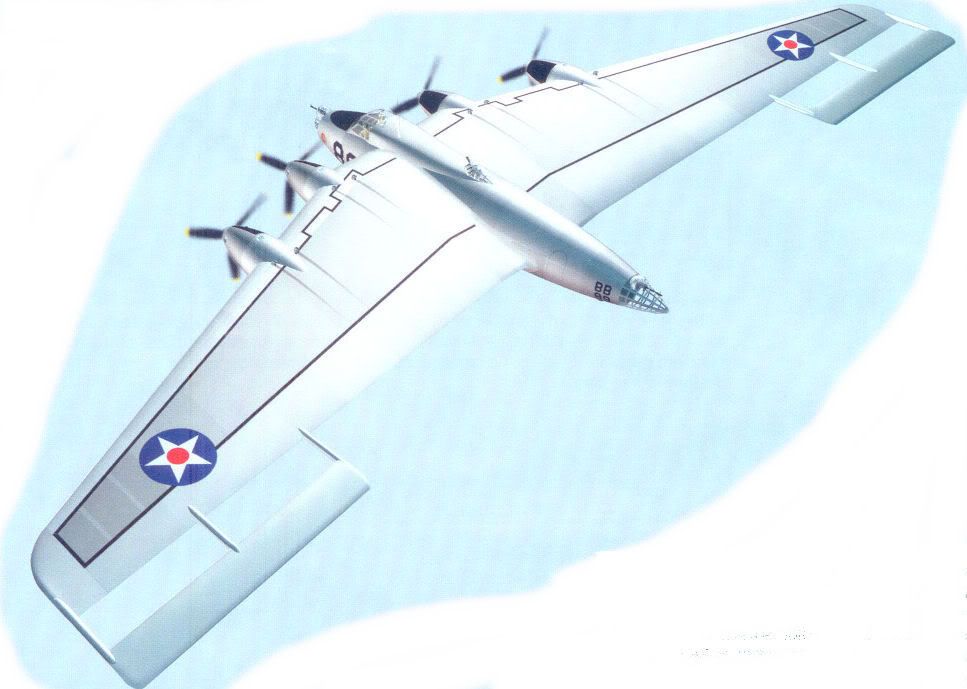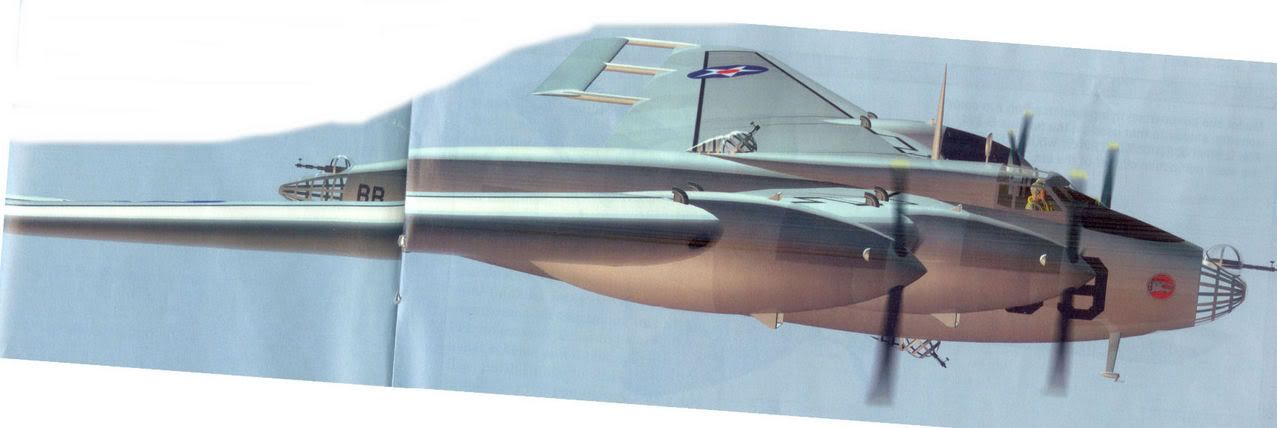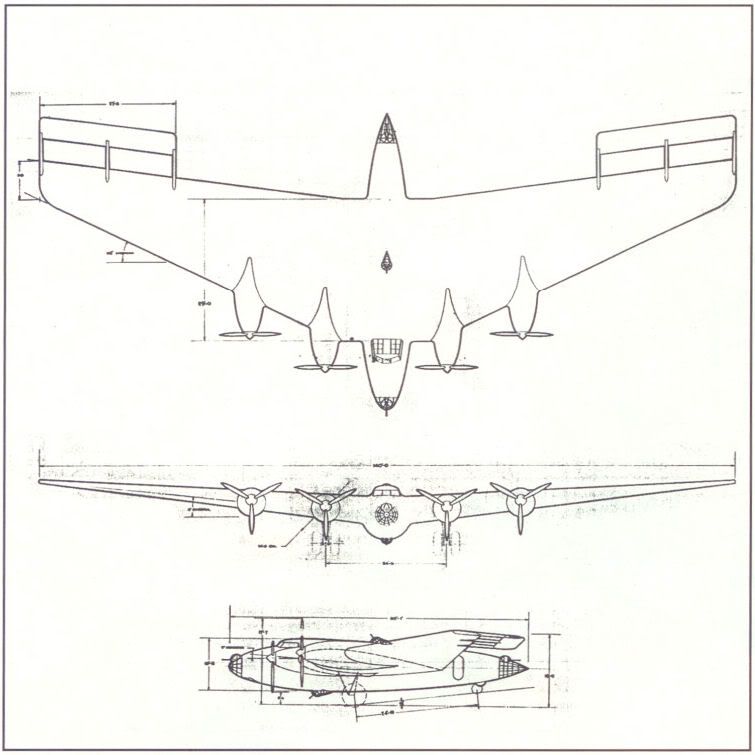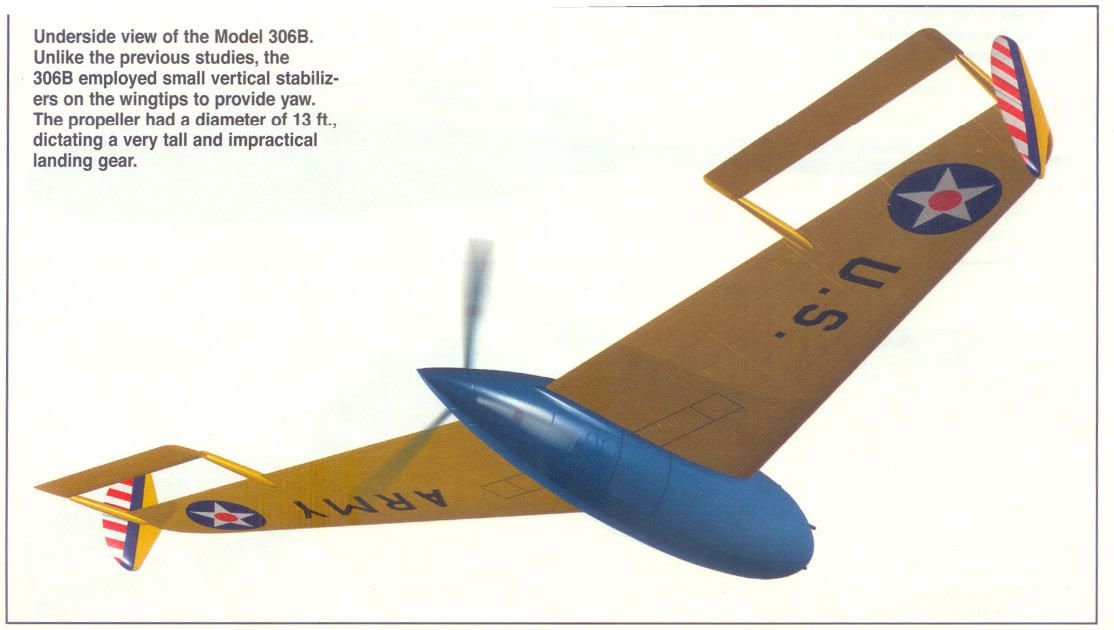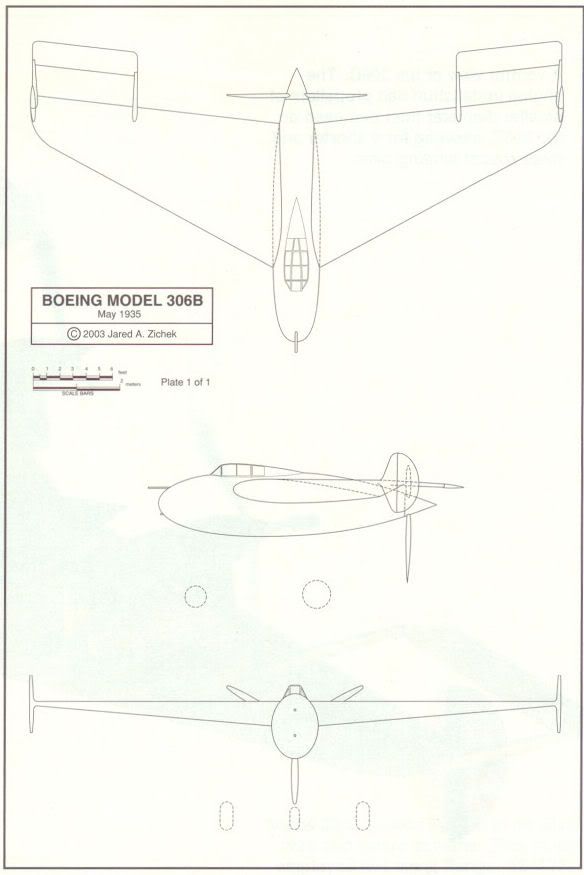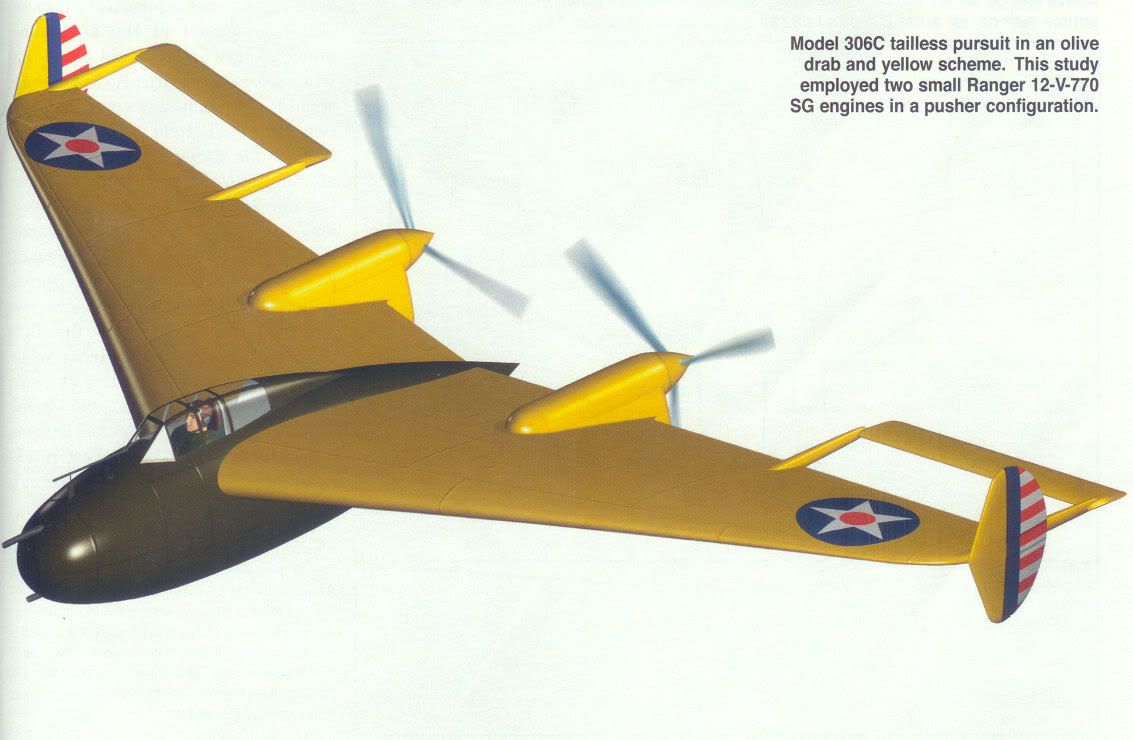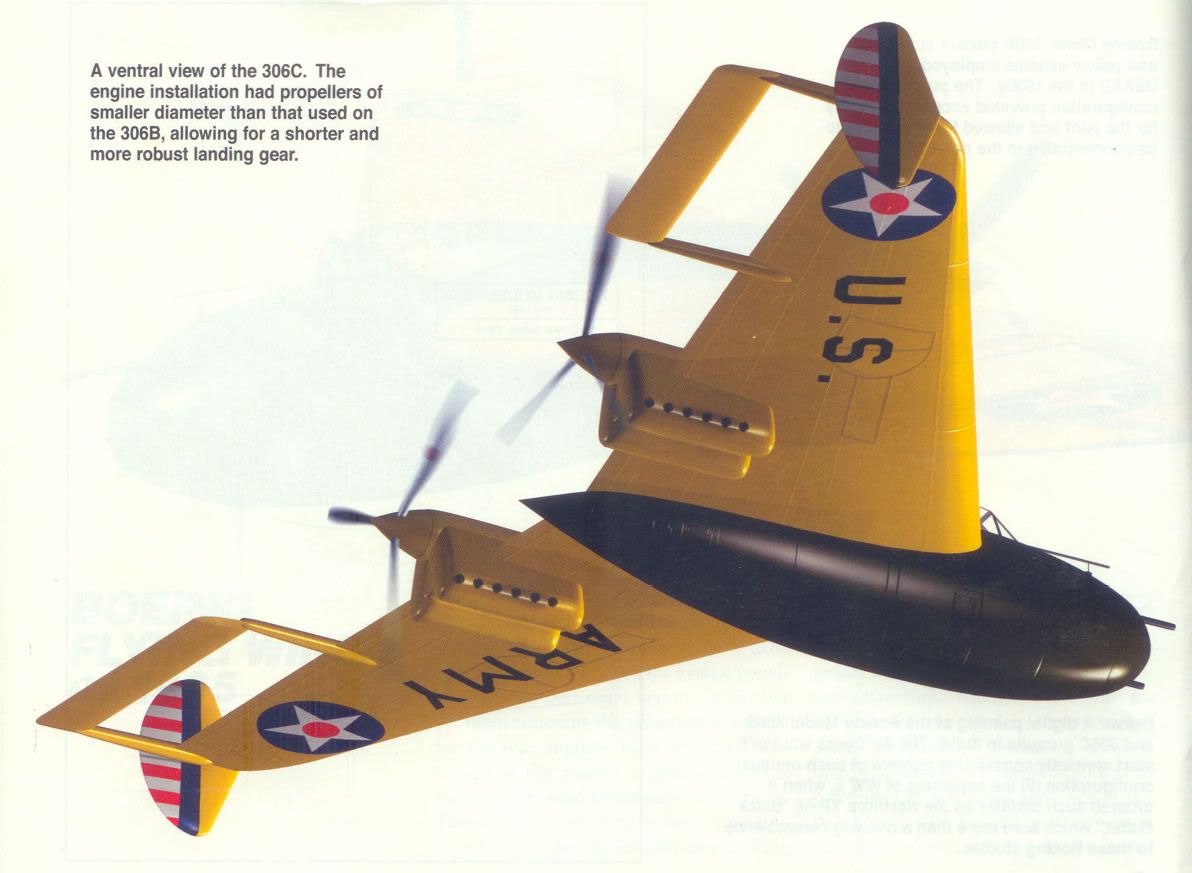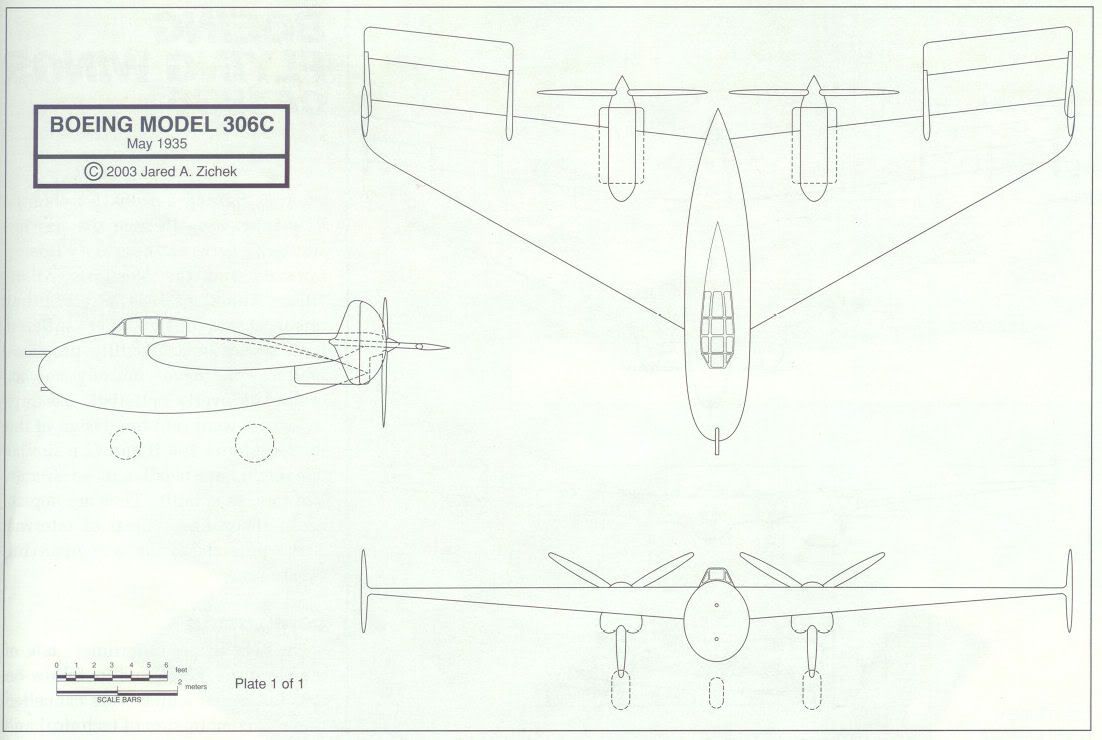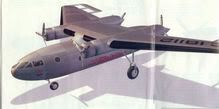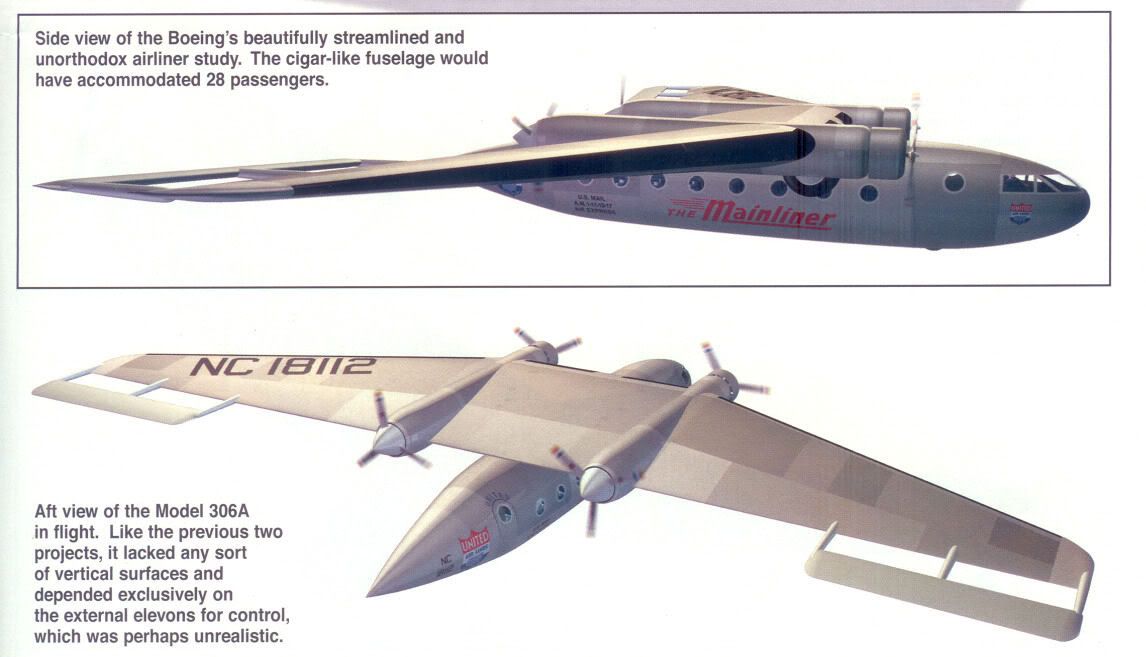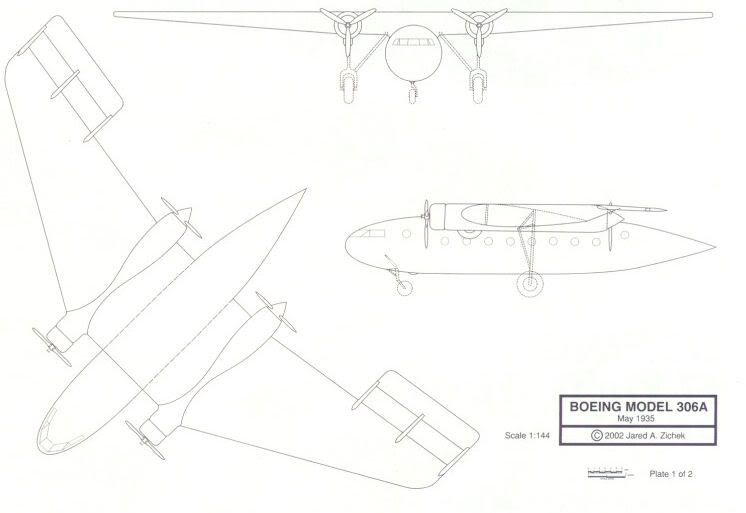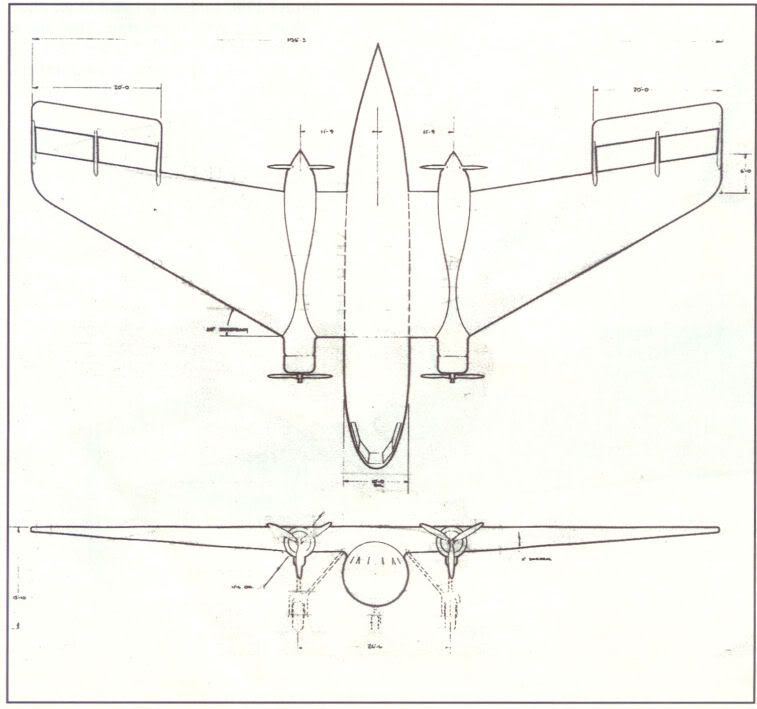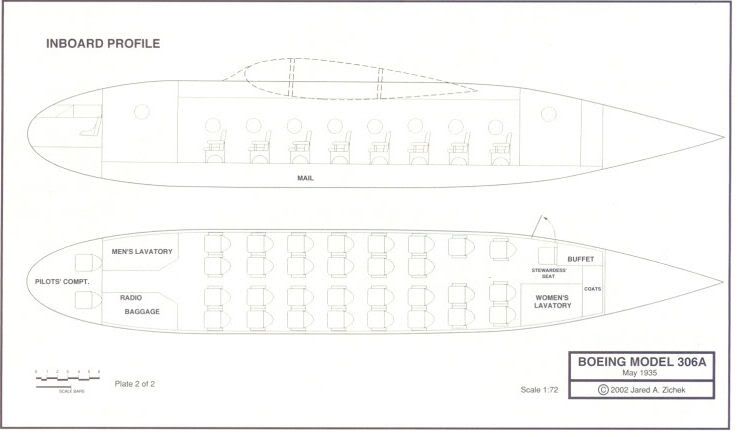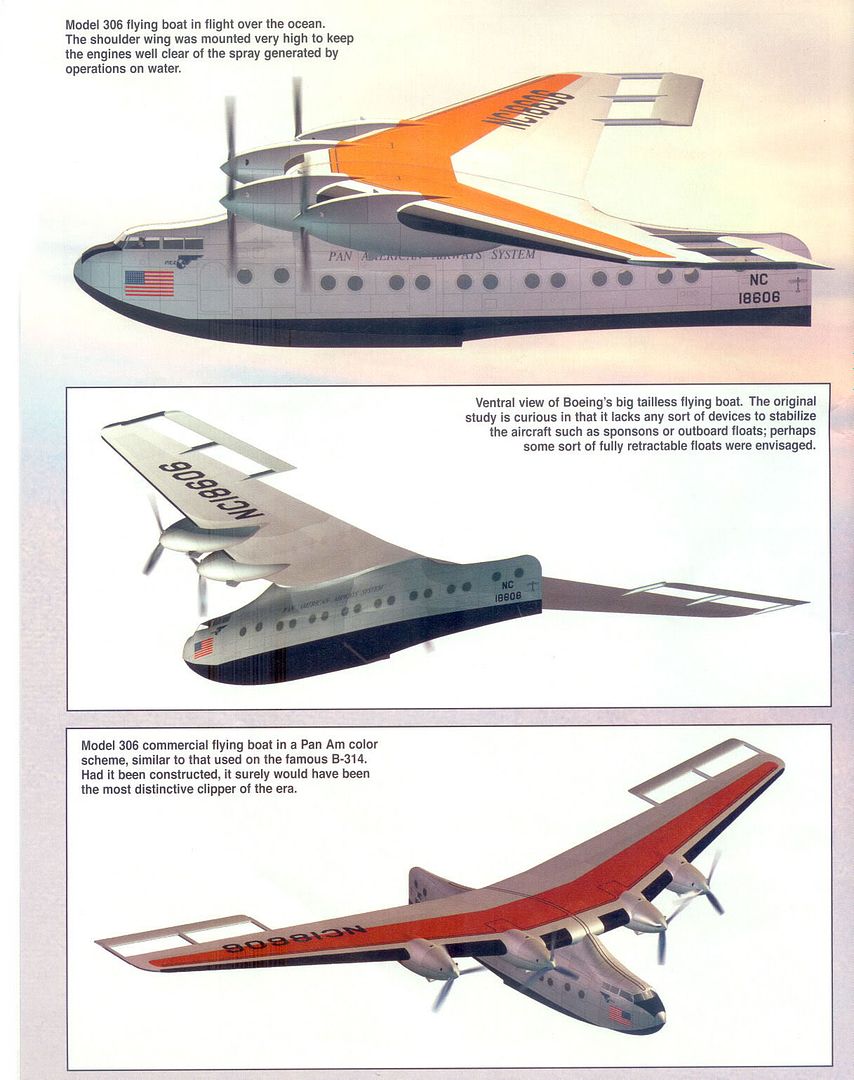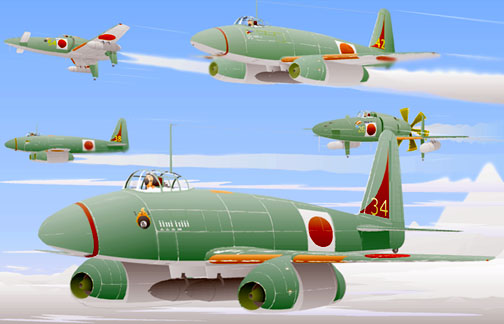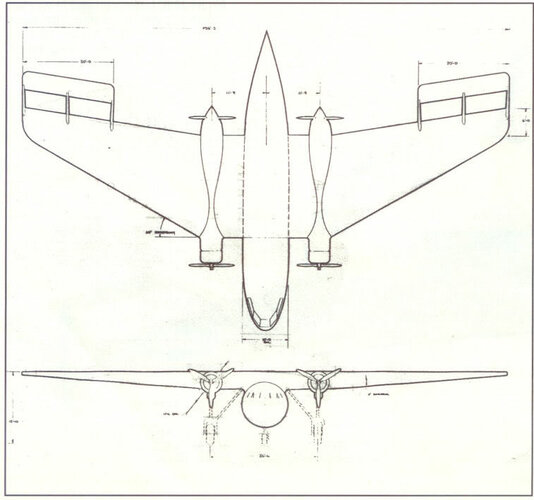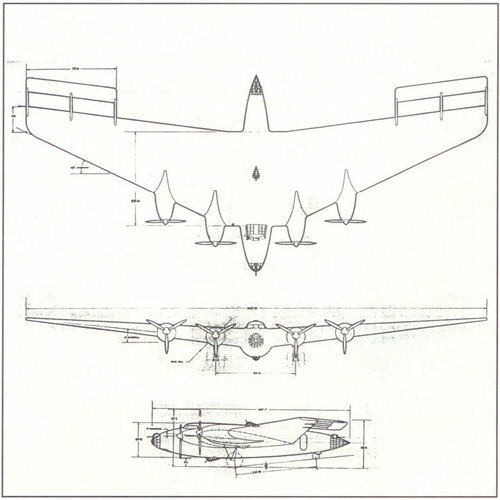May 20, 2023
This film features the build and first trim session of the 44" free-flight rubber-powered Boeing 306-C, a twin-pusher flying wing that was an unbuilt, concept design aircraft by Boeing in 1935. The model was inspired by the paintings of Jared Zichek, and the 21" rubber-powered plan of the Boeing 306-B by Pres Burning.I was given a 36" rubber-powered model of the single engine version, the 306-B, from the estate of the late Dallas Cornelius. I had intended to fly his beautiful model this summer, to give her some air again, but instead, I became inspired to build my own, opting for a larger twin-pusher version, the 306-C.Inspiration also came from the Lippisch P-13, rubber-powered design by the late, great Don Srull, whose rib designs were employed for this project.I wanted to keep this model as clean as possible, so I decided to keep the rubber motor contained within the wing via a sheeted rib box. With only an inch of clearance at the high point of the airfoil, I grew concerned for the ability of the motor to fully unwind without bunching, which could then easily alter the flight path. I needed consistency for these twin motors, so it was decided to go a bit shorter with the rubber, than originally intended. Still, the motor is 3X the hook to peg distance. I also used a 1/2" piece of surgical tubing at the prop hook to act as a spacer, which helped to prevent the rubber from climbing the prop shaft.The model performed well on its first time out, so I'm excited to see her potential as I reach max winds of 1200 turns. Happy man!!






